A well-crafted website is more than just a digital storefront — it’s a dynamic tool that supports nearly every aspect of your business.
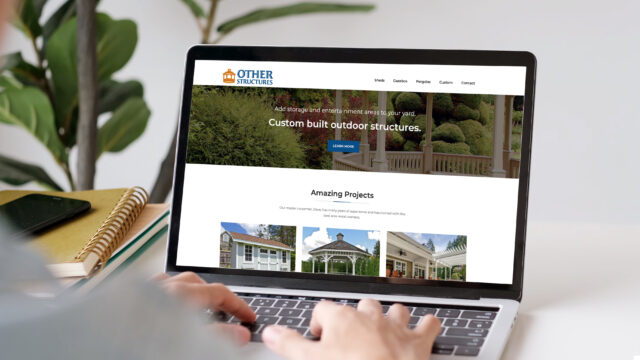

A well-crafted website is more than just a digital storefront — it’s a dynamic tool that supports nearly every aspect of your business.
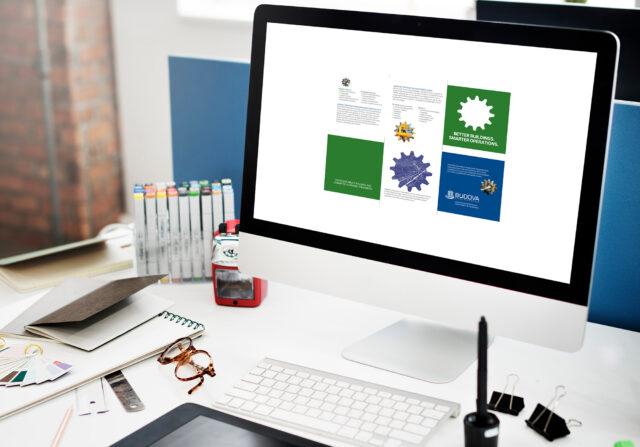
Bringing a graphic designer on board can make your brand shine. Before diving into creative work, take some preparatory steps to help you and your designer hit the ground running.
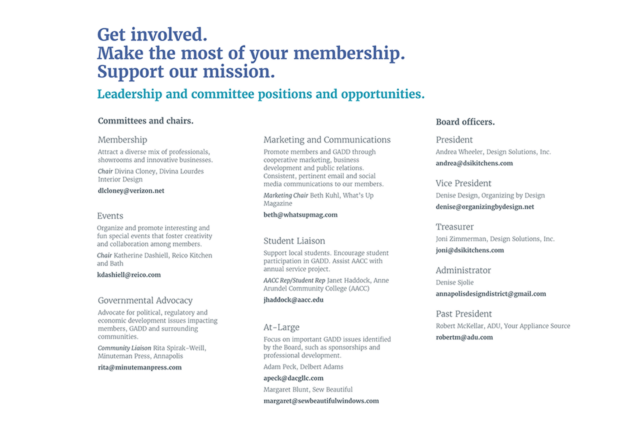
Typography is part of your logo, makes up 95% of your website, is what your target audiences read to learn about you and your business, catches people’s attention on social media and brings in emails and phone calls from leads.
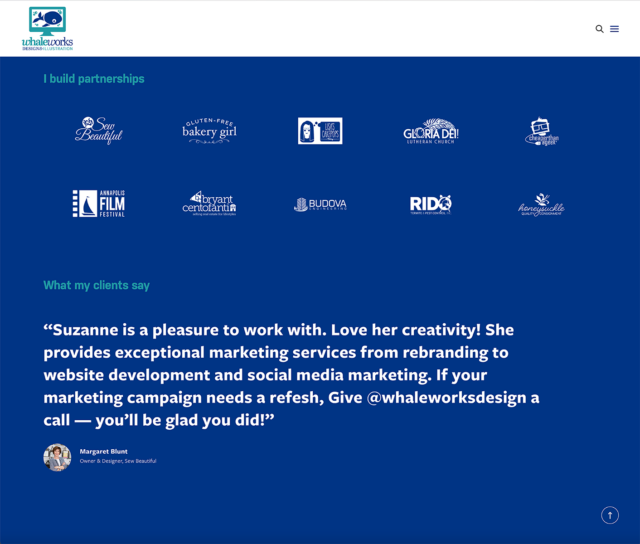
SEO stands for search engine optimization, which makes your website, marketing content, videos, images and business listings easier for users to find on search engines.

Match the branding from your brand style guide. Use the specified colors, typefaces, photo and graphic styles, patterns, logo versions, alignments, sizing, spacing and tone (for copy writing).

Making sure that the brand strategy and visual system connect with the intended target audience(s).
Having data, analytics and reports that can be tracked fro brand performance.
Decreasing your business risks by being able to see, and react to, issues and trends.

A degreed and trained designer can bring experience, knowledge, quality, management skills and shortened turnaround times to projects that employees on staff may not be able to accomplish on their own.

Here are 14 tips which I recommend for website design for business.

Branding should carry over into all of your print and web materials through your choices of fonts, color schemes and styles of graphics and photography.
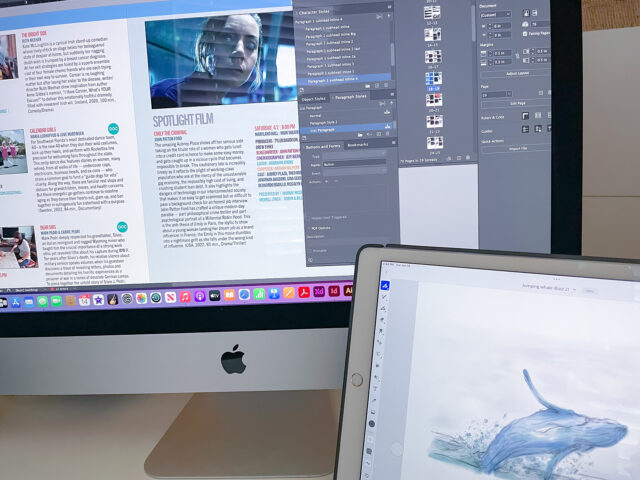
Pick up website traffic through your business social media pages by promoting information that can be shared through many social networks.